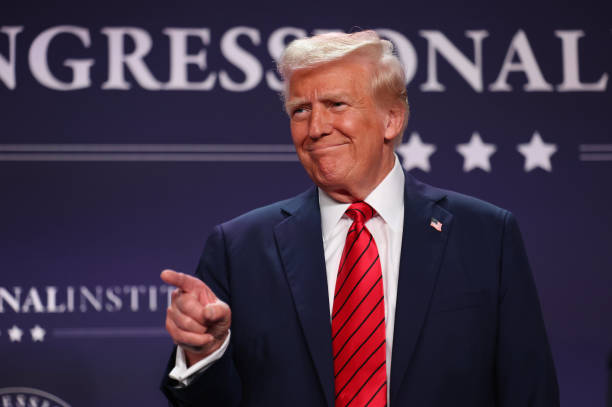1. Targeted Nuclear Strikes, Not a Full-Scale War
Despite recent airstrikes on Iranian nuclear facilities, senior U.S. officials — including Vice President Vance and Defense Secretary Hegseth — insist that America is not at war with Iran or pursuing regime change. Vance clarified, “We’re at war with Iran’s nuclear program,” and Hegseth echoed the message, saying the objective was never to oust Iran’s government. However, President Trump stirred controversy by asking rhetorically on social media, “Why wouldn’t there be a Regime change???” His press secretary later described it as a question intended to spark debate, not a declaration of military intent.
2. A Troubled History of U.S. Regime Change Efforts
The United States has a history of covert and overt interference aimed at shifting Middle Eastern governments. The CIA and British intelligence orchestrated the 1953 overthrow of Iranian Prime Minister Mossadegh after he nationalized oil assets, later supporting the shah until the 1979 revolution. If recent strikes are a precursor, they echo decades-long patterns of regime manipulation in the region — from the Cold War to recent Middle East interventions.
3. Comparisons to Iraq and Libya Debated
Critics have likened current actions to past conflicts such as the 2003 invasion of Iraq, justified then by fears of weapons of mass destruction. Former Representative Kinzinger called that comparison simplistic, pointing out that the current response involves a single sortie of B-2 bombers — not the deployment of hundreds of thousands of troops. Nonetheless, the logic is familiar: eliminate nuclear threats by weakening adversary capabilities. Other examples include U.S.-led NATO intervention in Libya under Obama that toppled Gadhafi and limited bombing operations against Assad’s regime in Syria.
4. Iran’s Response and the Risk of Escalation
Iran responded by launching missiles toward U.S. bases in the region. Though intercepted, the incident signals rising tension. Diplomats suggest that regime change, if it were to occur, would come from internal upheaval — not U.S. forces. Still, experts warn that the nuclear program is far from dismantled: “If we had had a nuclear weapon, none of this would have happened.” According to Richard Haass of the Council on Foreign Relations, conflict may become protracted and sporadic: “a prolonged, low-level, intermittent war” rather than a full-scale conflict.
5. A Deepening Divide in Trump’s Base
For years, Trump campaigned on extracting America from foreign entanglements. Now his actions and statements appear at odds with that promise, prompting unease within his political coalition. Hardline Republicans like Marjorie Taylor Greene argue that “MAGA is not for foreign wars.” Trump, however, celebrated the strikes as a success, claiming they significantly crippled Iran’s nuclear ambitions — though the extent of the damage remains unverified.
Conclusion: A New Phase of Strategic Pressure
At its core, the recent action targets Iran’s nuclear capabilities—not its government. But Trump’s rhetoric and the precedent of U.S. intervention raise questions: Could this spark a modern form of regime change? Or will the approach center on calculated, periodic pressure to undermine Iran’s nuclear progress? The administration denies war intentions, yet experts warn that a drawn-out campaign of strikes and retaliations could evolve into something far more serious. The world is now watching closely to see whether this marks the beginning of a heightened era of restraint — or renewed confrontation.




